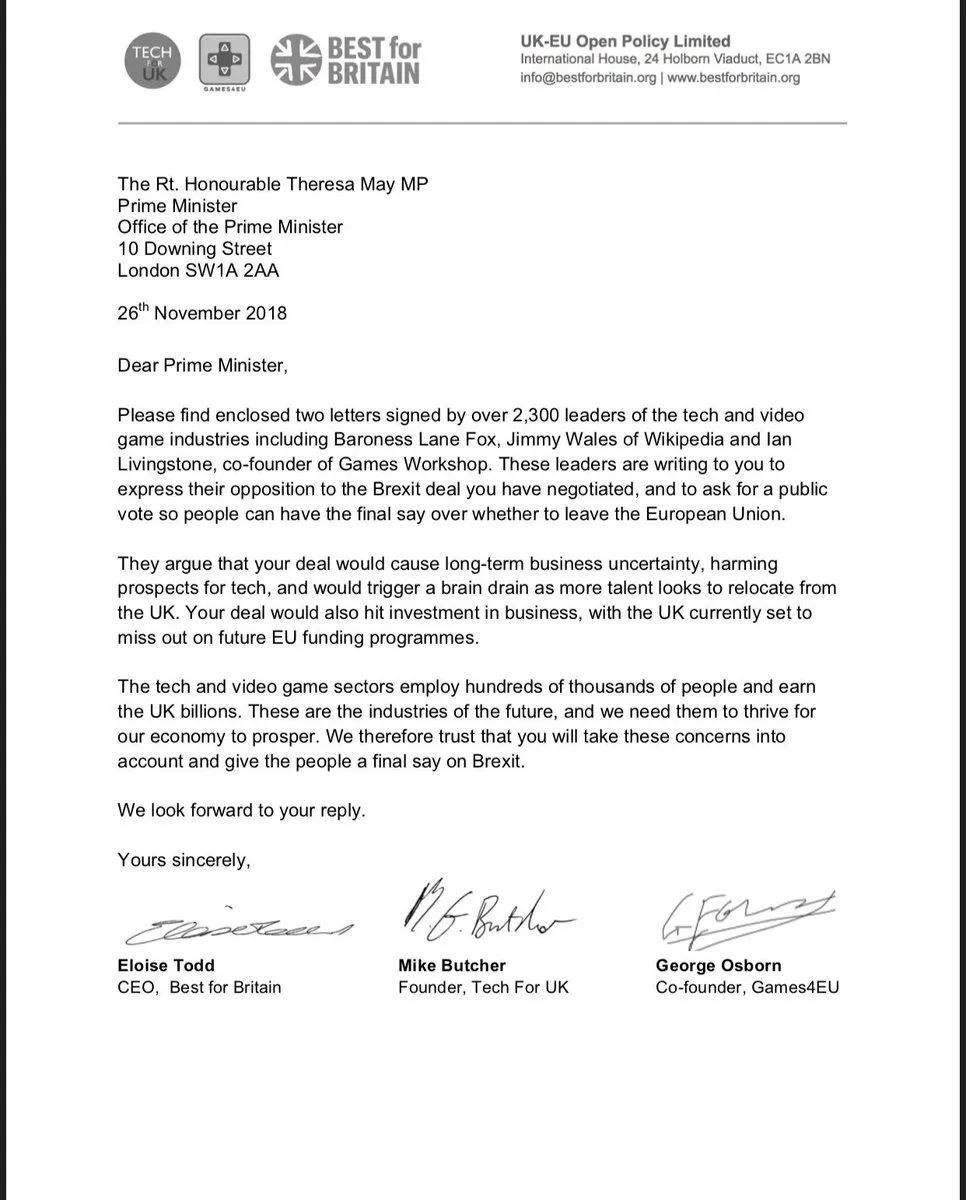Why Sign a Cover Letter?
The question of whether to sign a cover letter might seem like a minor detail, but it carries significant weight in the world of job applications. A signed cover letter is a subtle yet powerful way to demonstrate professionalism, attention to detail, and a personal touch. In today’s competitive job market, where every element matters, understanding the impact of a signature can give you an edge. It’s about more than just a formality; it’s about making a positive impression from the start. This guide delves into the specifics of signing your cover letter, offering insights into when, how, and why it’s crucial for your job search success. We’ll explore the nuances of digital versus printed applications, the importance of a well-crafted signature, and common mistakes to avoid. By the end, you’ll have a clear understanding of how to make your cover letter stand out.
Benefits of Signing Your Cover Letter
Signing your cover letter offers several benefits that can enhance your application. It elevates your application above those that lack this key element. These benefits contribute to a more polished and impactful presentation, ultimately increasing your chances of landing an interview. A well-signed cover letter conveys several important messages to the hiring manager. It shows that you care enough about the application to take an extra step. It also demonstrates your attention to detail, a crucial quality for any professional role. Furthermore, a signature adds a layer of personalization, making your application feel less generic and more human.
Professionalism and Attention to Detail
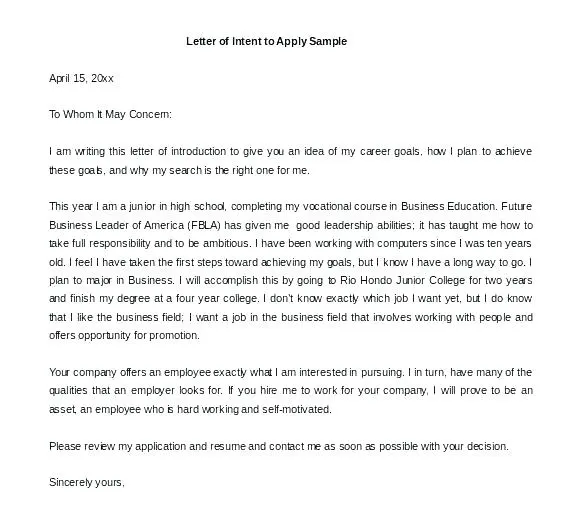
In any professional context, showing attention to detail is paramount. When you sign your cover letter, you’re indicating that you’ve meticulously reviewed every element. This attention to detail can signal that you’re someone who pays close attention to the small things, a quality highly valued by employers. It demonstrates a commitment to excellence and a desire to present yourself in the best possible light. This small act speaks volumes about your work ethic and your commitment to delivering high-quality results, setting you apart from candidates who may overlook these nuances. It suggests you are organized, thorough, and capable of handling important tasks.
Adding a Personal Touch
A signature adds a personal touch to your cover letter, making it more memorable. In a stack of applications, a signature can help yours stand out, signaling that you’ve put thought and effort into your application. It transforms your cover letter from a mere document into a personalized message, creating a more authentic connection with the reader. In a digital age where applications can feel impersonal, a signature provides a tangible link to the sender. This personalization makes you seem more approachable and human, potentially leading the hiring manager to remember you better. The signature serves as a subtle reminder that you are a real person, eager to be considered for the position.
When Should You Sign Your Cover Letter?
The decision to sign your cover letter often depends on the application format. Both digital and printed cover letters benefit from a signature, but the method varies. Understanding when to sign is as important as knowing how. It’s not always a one-size-fits-all approach, and the method can influence the impression you make. The key is to match the signature approach to the submission type. Whether you’re applying online or mailing a physical copy, the intent remains the same: to add a layer of professionalism and personalization. Properly executed, the act of signing indicates a level of care and attention to detail, creating a positive impression. The objective is to strike the right balance between formality and approachability.
Digital Applications
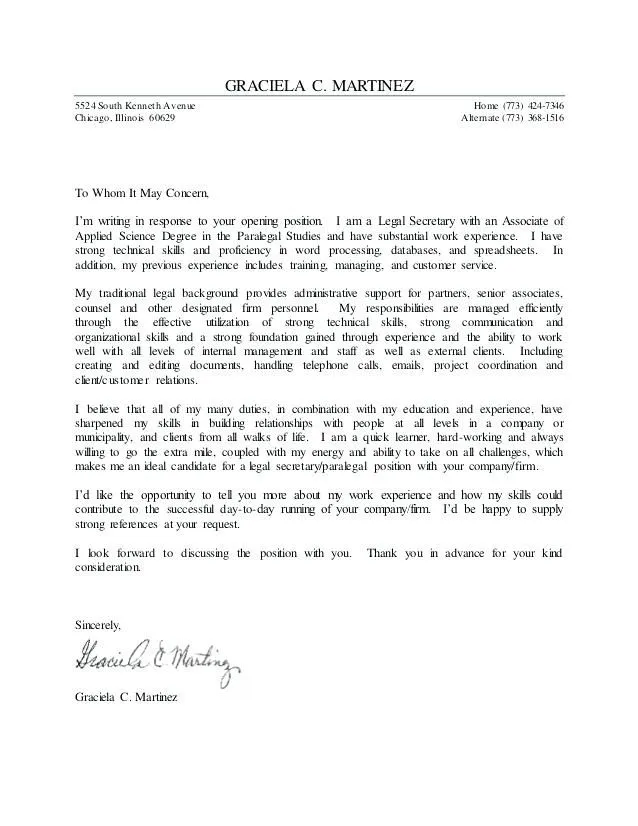
For digital applications, it’s still highly recommended to sign your cover letter. In most cases, this means using a digital signature. This can be done through various methods, like inserting a scanned image of your signature or using digital signature software. Regardless of the method, the goal is to mimic the appearance of a handwritten signature. Always maintain a professional appearance with a clean, easy-to-read signature. This is one of the easiest ways to add a personal touch to an online application. It shows the hiring manager you care enough to go the extra mile. Ensure the digital signature is clear and legible, reflecting the same level of professionalism you would expect in a printed document.
Printed Cover Letters
If you are printing and mailing your cover letter, a handwritten signature is ideal. Use a pen with black or blue ink, as these are considered professional. Make sure your signature is clear and easy to read, not hurried. This type of signature adds a tangible and personal touch, showing care and attention. The act of physically signing a letter demonstrates a high level of engagement. It can make your application more memorable, and it shows that you have invested the time to perfect your application. This is a subtle yet powerful way to stand out among applicants who may not take the time to sign their cover letter.
How to Sign Your Cover Letter Digitally
Signing your cover letter digitally is straightforward with several options available. Choose the method that best suits your comfort level and the tools you have available. The key is to ensure your signature looks professional and integrates well with your document. Digital signatures should be clear, legible, and easy to implement. Always ensure that you can easily reproduce the signature when you create your application materials. Here’s how to do it effectively.
Creating a Digital Signature
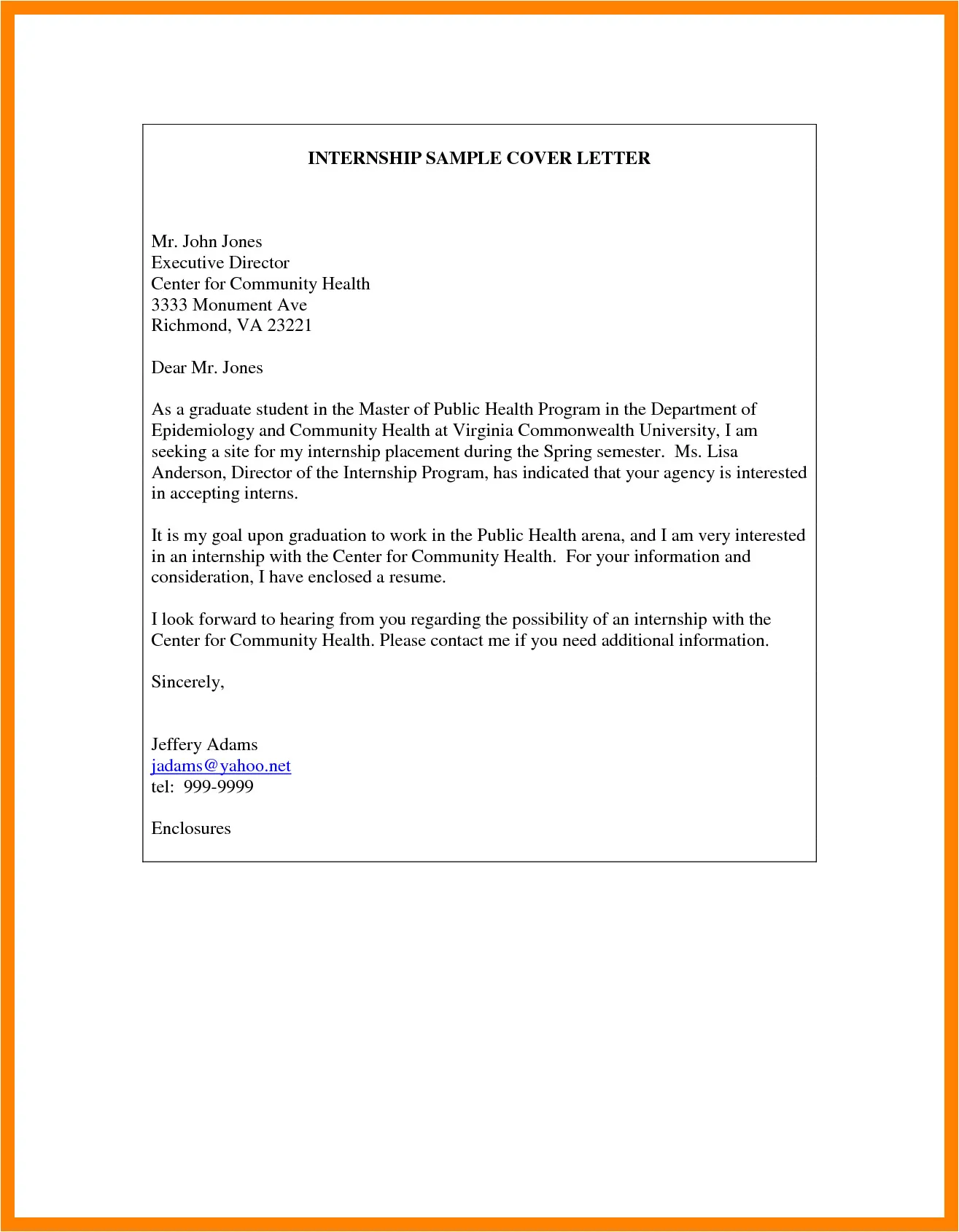
There are several ways to create a digital signature. The most common methods include scanning your handwritten signature, using a digital signature tool, or creating one within a word processor like Microsoft Word. If you scan your signature, make sure the image is clean and high-resolution. Digital signature tools allow you to create a signature directly within the application. Regardless of the method, save your signature as a high-quality image (PNG or JPEG) for easy integration. Always preview how your signature looks within your document to ensure it doesn’t detract from the overall presentation. The image should be clear and professional looking.
Adding Your Signature in Word or PDF
Once you have your digital signature ready, inserting it into your Word or PDF document is easy. In Word, you can insert the image file of your signature into the space where you want it to appear. In a PDF, you can use the ‘Insert Image’ tool available in most PDF editors. Position your signature at the end of your cover letter, just above your typed name. Adjust the size of the signature image so that it’s proportionate to the rest of the document. Use these tools to add the image to your cover letter with ease. The signature should be placed thoughtfully. This ensures a professional appearance, reinforcing that you have paid attention to every detail.
How to Sign a Printed Cover Letter
When it comes to printed cover letters, a handwritten signature is the standard. This simple act adds a personal touch that can significantly impact the impression you make. Follow some easy steps for the best results, ensuring your signature complements the overall quality of your application. Proper execution not only enhances the document’s aesthetics but also underscores your commitment to excellence. This is a chance to provide a more human and direct communication, which is valuable in the job application process.
Choosing the Right Pen
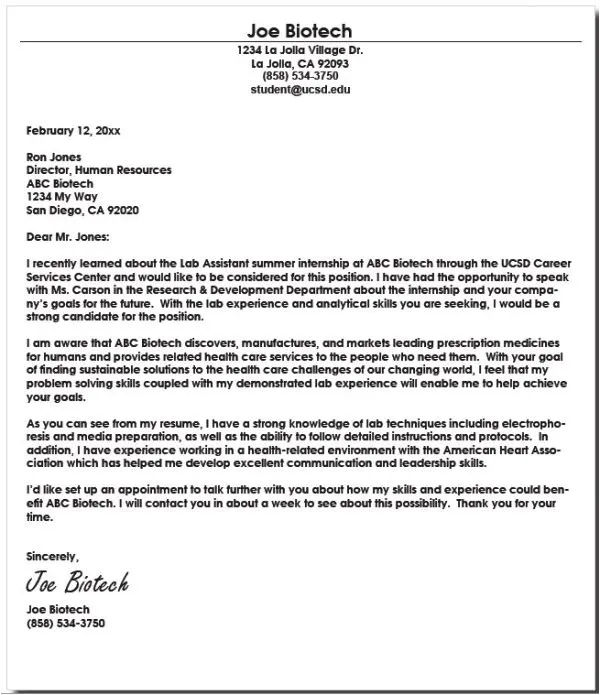
Selecting the right pen is critical for a professional look. Opt for a pen that provides a clear, consistent ink flow. Black or blue ink are generally the most professional choices, and it’s best to avoid any other colors. Make sure the ink doesn’t smudge. Use a ballpoint or a gel pen, and test it on a separate sheet to make sure it writes smoothly. This careful consideration shows that you take pride in the presentation of your application. Using the right pen makes a huge difference.
Placement of Your Signature
Place your signature directly above your typed name, usually at the end of the cover letter. Ensure there is enough space between your closing (e.g., ‘Sincerely’) and your signature to prevent it from looking crowded. Make sure that the signature doesn’t obscure any of your contact information. This placement is a standard practice that signals the end of the letter. It’s a subtle indication of your personal investment in the application. The signature must be clean and proportionate to the rest of the content.
What to Include with Your Signature
Along with your signature, include your typed name and your contact information. This information ensures that the hiring manager can easily reach you if they want to proceed. These details provide clarity and professionalism. Proper formatting is critical to ensure the hiring manager can contact you quickly. Consider these steps to finalize your cover letter.
Your Typed Name
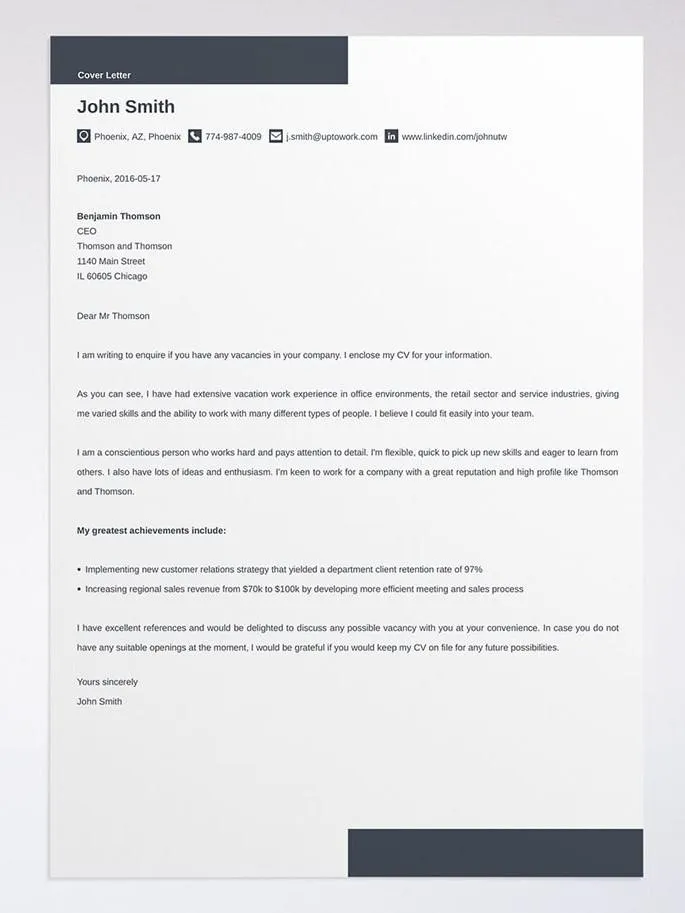
Beneath your handwritten or digital signature, type your full name in a clear, easy-to-read font. This offers a visual confirmation of your identity. It prevents any confusion. Make sure your typed name is the same as the name on your resume. The typed name helps confirm the identity of the signer, providing a final layer of clarity.
Your Contact Information
Include your phone number and email address, ideally formatted neatly below your typed name. This allows the hiring manager to contact you promptly for an interview. Double-check all contact details for accuracy. Ensure there are no typos, and the information is up-to-date. This is a simple yet essential step for enabling easy communication.
Mistakes to Avoid
Avoiding common mistakes can significantly improve the impact of your cover letter signature. Paying attention to detail is key to making a professional impression. Here are some things to avoid to ensure your cover letter and signature help, rather than hinder, your job application.
Using the Wrong Font for Your Typed Name

Selecting the wrong font for your typed name can disrupt the overall aesthetics. Always use a font that is professional, legible, and matches the font used in the rest of your cover letter. Avoid unusual or decorative fonts, as these can appear unprofessional. The font should complement the signature, rather than distract from it. Font consistency is critical for your professional image.
Skipping the Signature Altogether
Failing to sign your cover letter, whether digitally or by hand, is a missed opportunity. It signals a lack of attention to detail and can make your application seem less personal. Take the time to add a signature, even if it’s a digital one. It shows the hiring manager that you care about making a good impression. This simple step can make a huge difference in showing your commitment to the application.
The Impact of a Well-Signed Cover Letter
The impact of a well-signed cover letter should not be underestimated. It is a small but mighty detail that contributes to a positive first impression. A signature can distinguish your application from the competition, demonstrating professionalism, attention to detail, and a personal touch. In a competitive job market, these are valuable qualities. This seemingly small act can elevate your application, highlighting your commitment to excellence. By taking the time to sign your cover letter, you show that you’re invested in making a strong impression. Ultimately, this increases your chances of securing an interview and landing the job.
